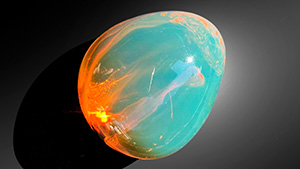
An examination of three Burmese chameleon amber specimens using 3D fluorescence spectroscopy.
Read More
Details the colors and optical effects caused by metallic copper inclusions in this gem-quality feldspar.
Read More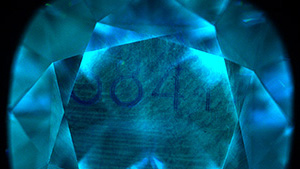
A new type of invisible marking in CVD diamonds suggests a possible security measure.
Read More
A very large baroque white pearl is further examined in the Mumbai laboratory due to its suspicious heft.
Read More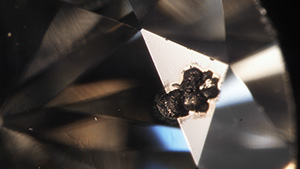
An unusual series of graphitic cavities discovered on a star facet in a near-colorless round brilliant diamond may be explained by laser sawing.
Read More
A study of abalone bead cultured pearls from a new pearl culturing technique tested in Chile.
Read More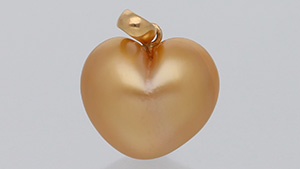
The remarkable use of an atypical bead nucleus to achieve the perfect heart shape suggests recent improvements in pearl culturing techniques.
Read More
One-of-a-kind bejeweled pens from Zeki Karaca caught the attention of attendees at the GJX show.
Read More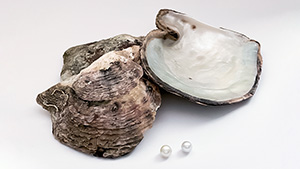
GIA’s Mumbai laboratory reports on pearl samples from a culturing experiment by the Suwaidi Pearl Farm in the UAE.
Read More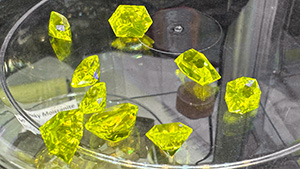
Unique rough and faceted luminescent synthetic garnet-like crystals were on display at the 22nd Street show in Tucson.
Read More